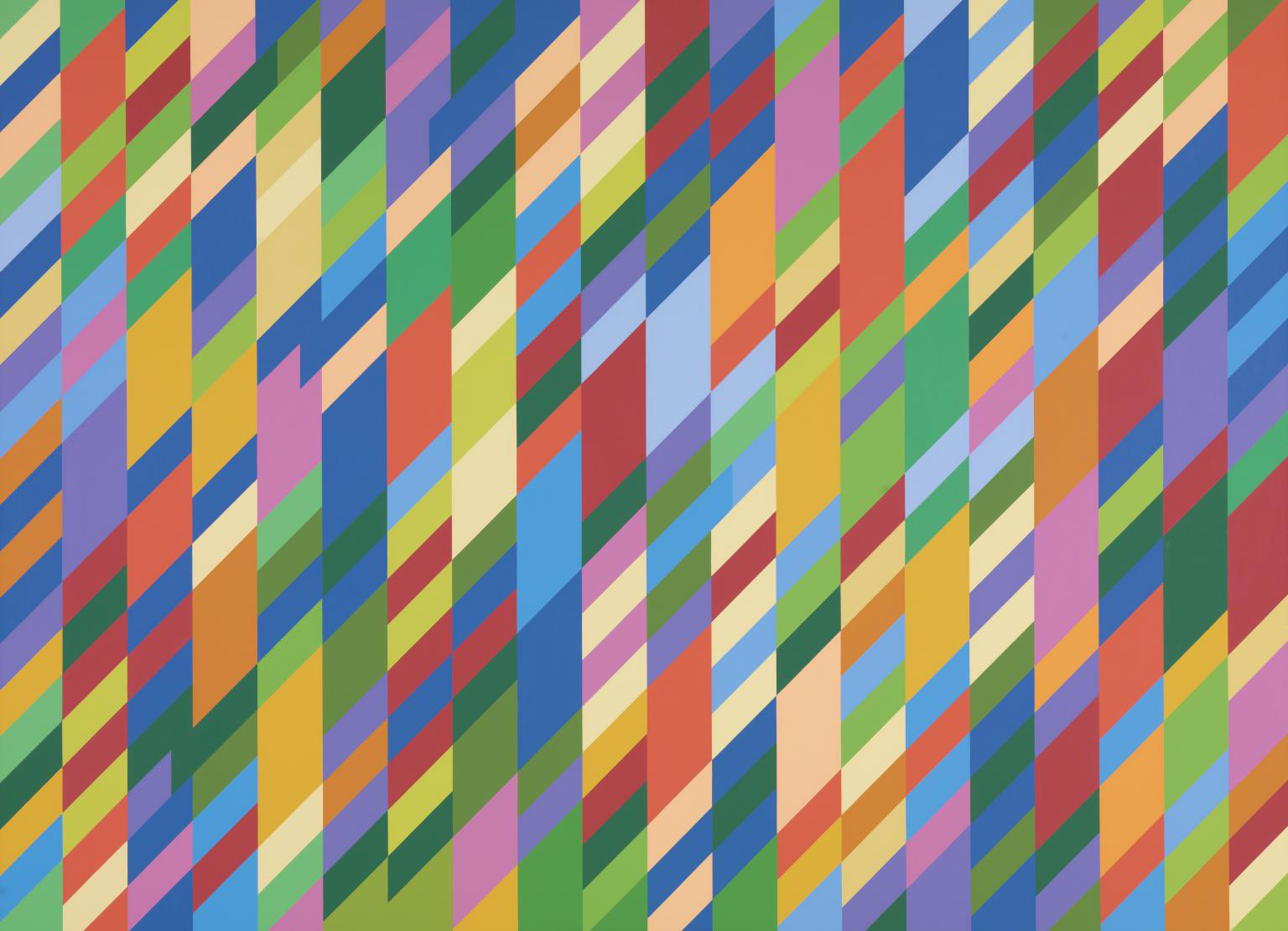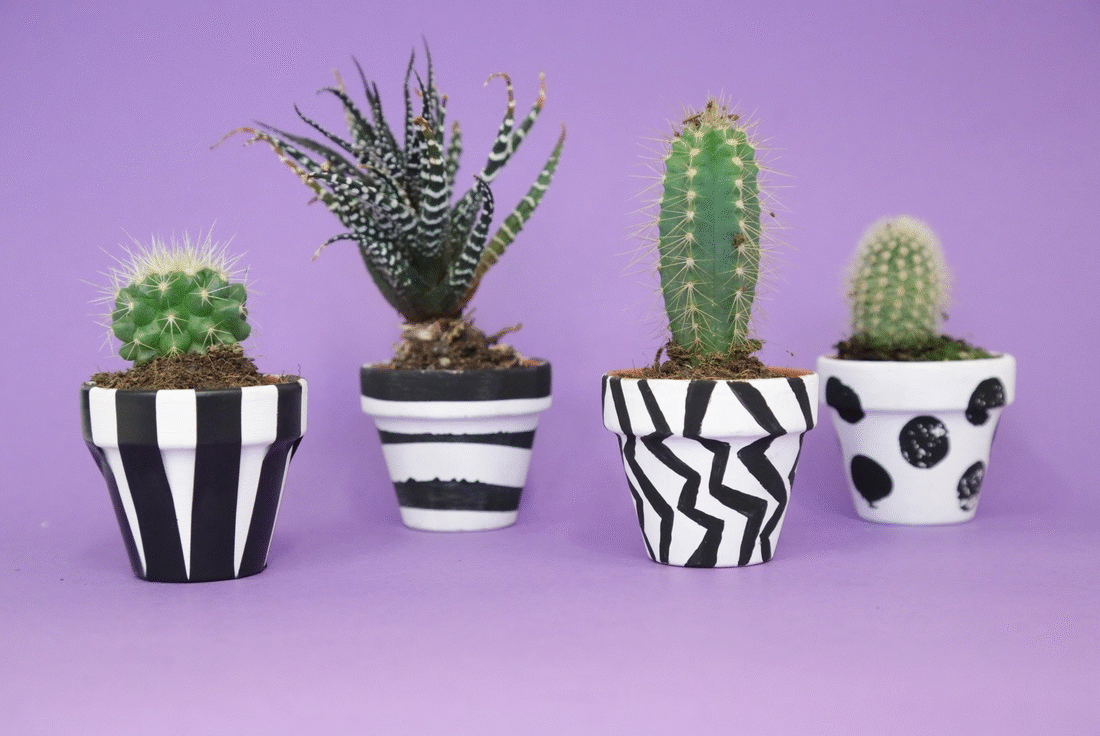Op art is short for 'optical art'. The word optical is used to describe things that relate to how we see. Have you seen an optical Illusion before? Op art works in a similar way. Artists use shapes, colours and patterns in special ways to create images that look as if they are moving or blurring. Op art started in the 1960s and the painting above is by Bridget Riley who is one of the main op artists.
What shapes can you see in this picture? It is by an op artist called Victor Vasarely.
Bridget Riley, Victor Vasarely and another artist called Jesus Rafael Soto were three of the most important op artists.

Jesus Rafael Soto
Light Trap (1965)
Tate

Bridget Riley
Untitled [Fragment 5/8] (1965)
Tate
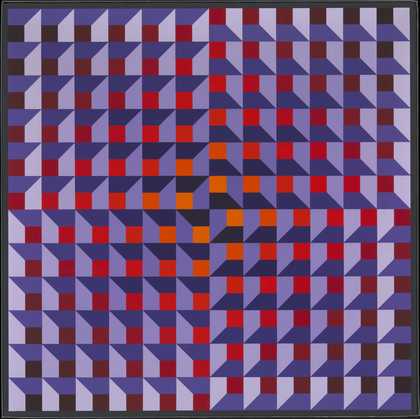
Jean-Pierre Yvaral
Ambiguous Structure No.92 (1969)
Tate
Look at the way shapes, colours and light and dark shades are used in these op artworks to change the way 2D images appear. How do you feel when you look at these pictures?
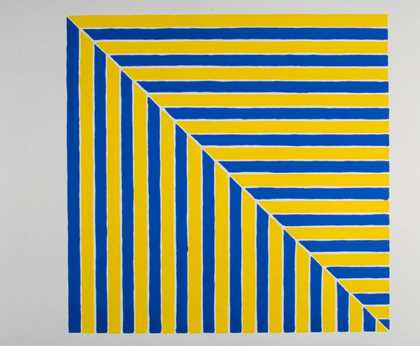
Frank Stella
Untitled (Rabat) (1964)
Tate
There are also some abstract artists who don't always make op artworks but sometimes slip into it. This picture by Frank Stella uses bright and jazzy colours that create a buzzy effect on our eyes. How different would it look if it was just black and white?
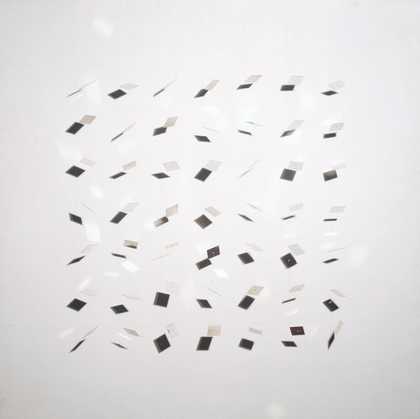
Julio Le Parc
Continual Mobile, Continual Light (1963)
Tate
Some op artists made artworks that don't just look as if they are moving – they actually ARE moving! Art that moves is sometimes called kinetic art.
The artwork above is by an artist called Julio Le Parc who often created mobiles. To make this work he has hung lots of tiny bits of metal onto almost invisible suspended threads. These bits of metal jiggle and move slightly with any breeze, and their shadows on the white background also jiggle and move. Can you see the shadows?
How do you think this artwork would move in a gallery?
